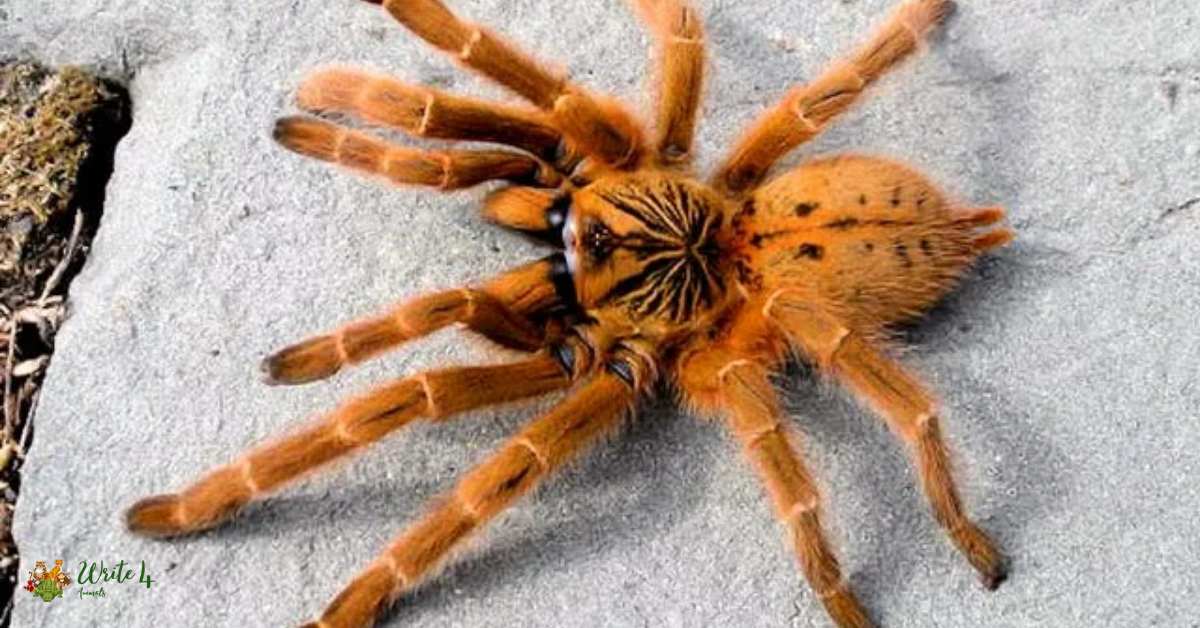In this exploration, we embark on a journey to discover 15 mesmerizing orange animals from different corners of the globe. Each of these creatures not only showcases the diversity of life on Earth but also highlights the remarkable adaptations and survival strategies that have allowed them to thrive in their respective environments.
Join us as we delve into the captivating world of orange animals, where each species tells a unique tale of resilience, beauty, and the wonders of the natural world.
15 Orange Animals in the World
1. Golden Lion Tamarin
In the vibrant ecosystems of Brazil, the golden lion tamarin reigns as a symbol of conservation success and the resplendent beauty of orange animals.
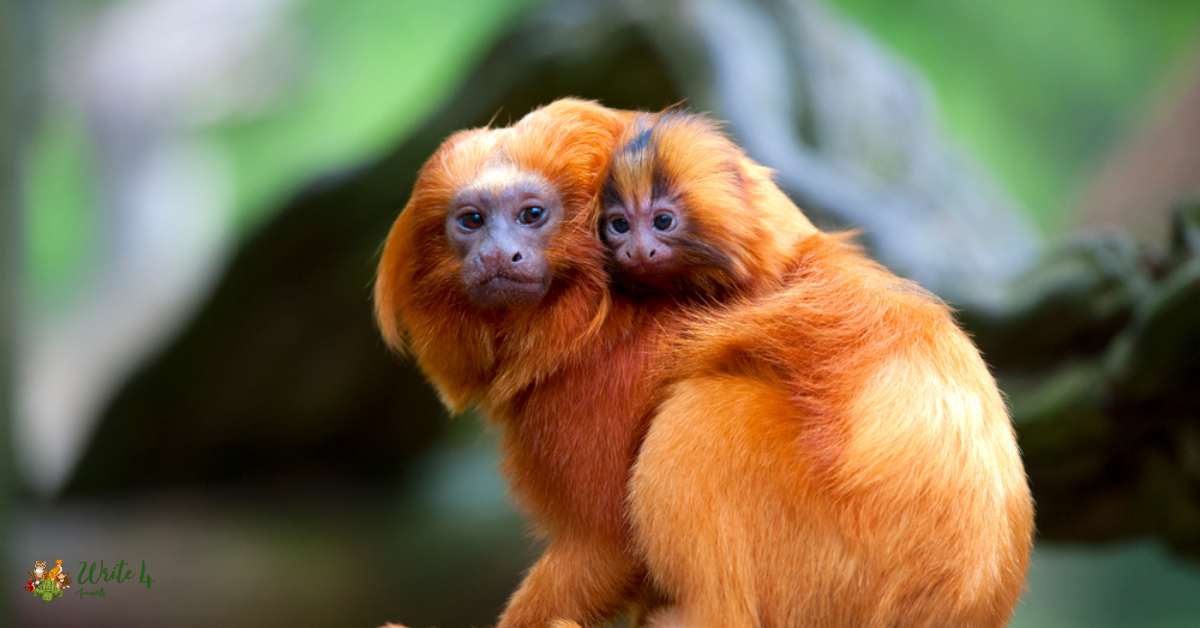
This small, orange-maned monkey, with its regal appearance and acrobatic prowess, has become an icon of the efforts dedicated to preserving endangered species.
With a striking golden mane framing its face, the golden lion tamarin captivates observers and serves as a testament to the importance of biodiversity conservation in the face of environmental challenges.
2. Red Slug
Our journey concludes in the damp undergrowth of forests, where the red slug brings an unexpected burst of color to the ground. Despite its seemingly modest appearance, the red slug serves an essential role in the decomposition process, breaking down organic matter and contributing to nutrient cycling in forest ecosystems.
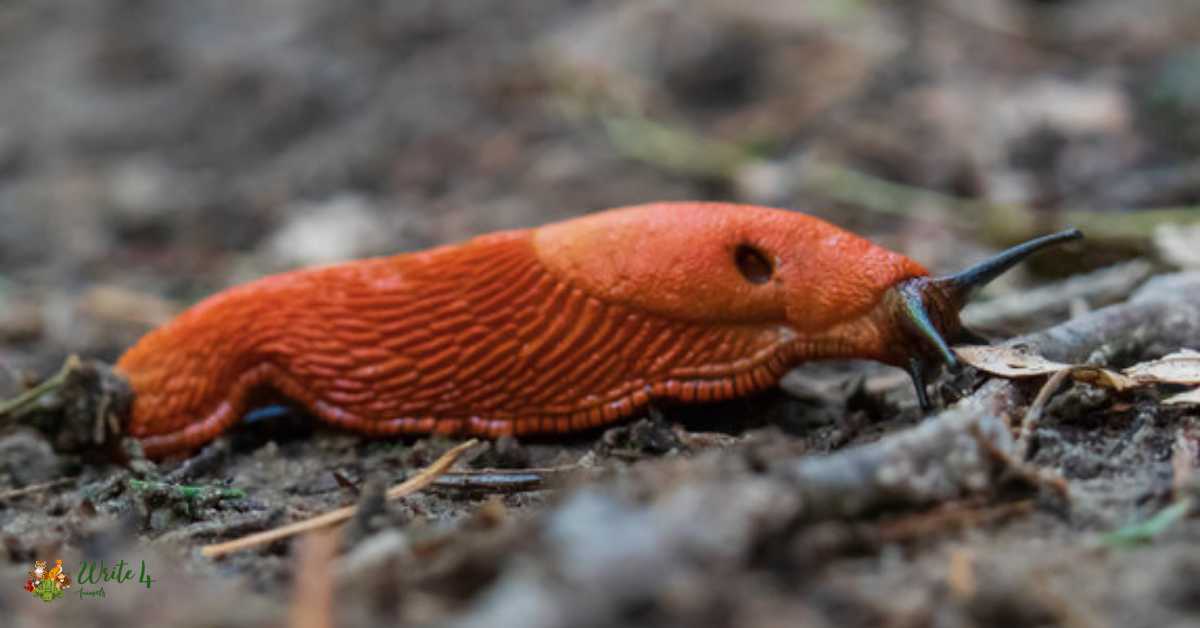
Their orange-red hues, though subtle, highlight the intricate beauty found in the smaller inhabitants of the natural world. The red slug’s presence underscores the interconnectedness of all living organisms, emphasizing the need for conservation efforts that consider even the most unassuming members of ecosystems.
3. Giraffe
In the vast savannas of Africa, the giraffe roams with elegance, its towering neck adorned with distinctive orange-brown patches on a light background. These gentle giants, with their unique coat pattern and long necks, embody the grace of the African wilderness.
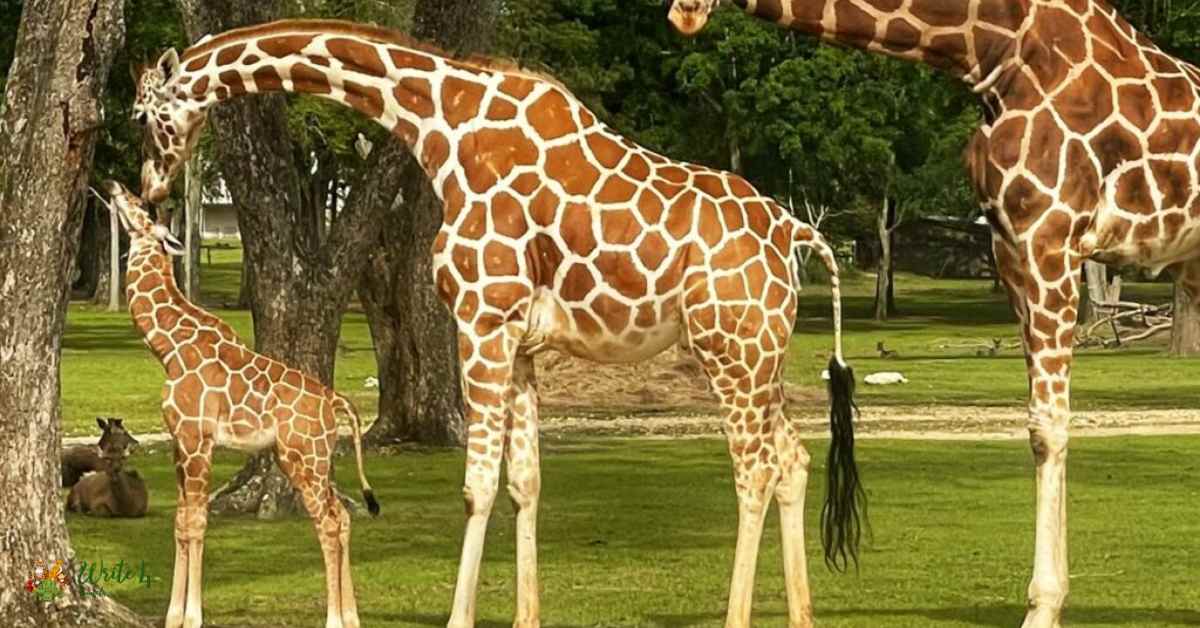
The striking contrast of their orange-brown spots against a cream-colored canvas adds to the allure of giraffes, making them a captivating sight in the wild.
As herbivores and key players in their ecosystems, giraffes play a crucial role in maintaining the balance of nature, underscoring the significance of preserving their habitats for future generations.
4. Orange Tabby Cat
The quintessential household companion, the orange tabby cat, is a delightful member of the feline family. Characterized by its distinctive orange fur adorned with captivating patterns, this domesticated marvel brings warmth and charm to countless homes worldwide.
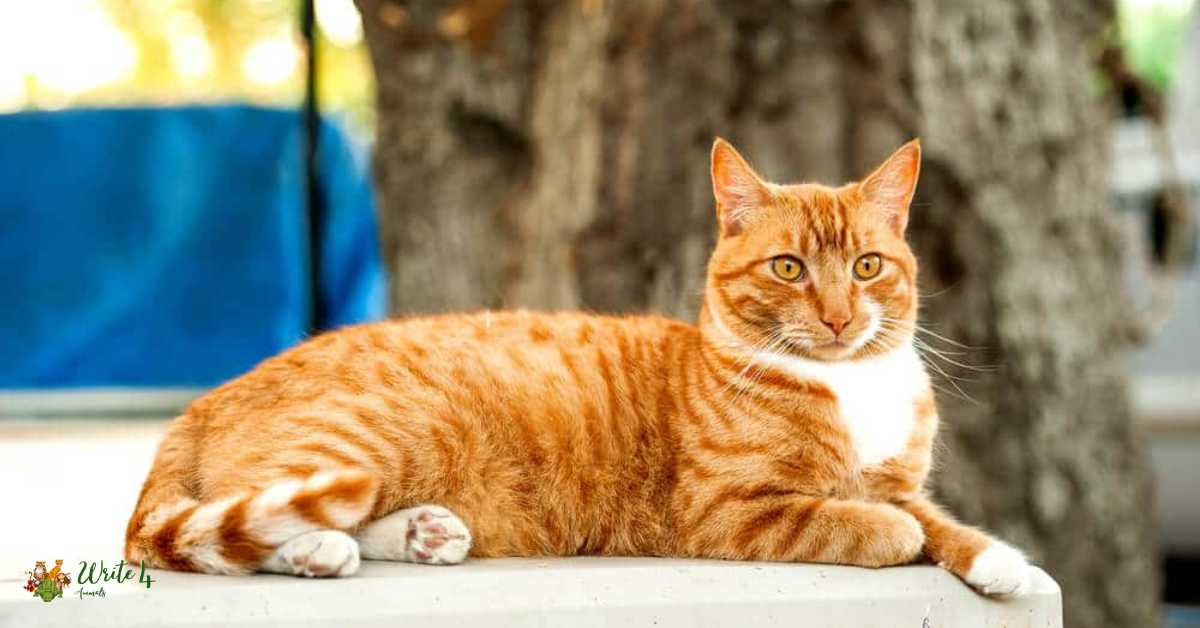
Known for their playful demeanor and independent spirit, orange tabby cats have earned a special place in the hearts of cat lovers.
Their vibrant coat, often complemented by endearing stripes, serves as a living testament to the diversity of orange animals, making them not only beloved pets but also symbols of domestic coziness.
5. Fox
In woodlands and meadows, the sly and agile fox emerges as a captivating member of the orange animal kingdom. With its vibrant orange fur, the fox weaves through the landscape, its cunning behavior and bushy tail leaving an indelible mark on our collective imagination.
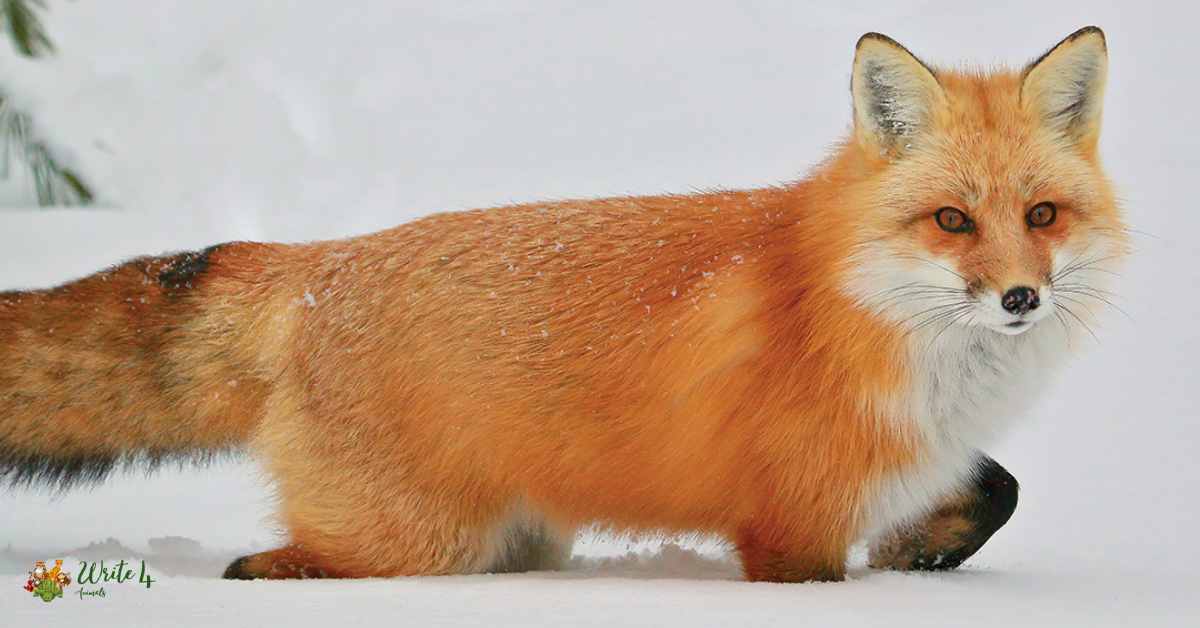
This adaptable creature, known for its intelligence and resourcefulness, showcases the diversity of orange hues in the natural world.
Whether stealthily hunting for prey or engaging in playful antics, the fox stands as a testament to the beauty of wildlife, reminding us of the intricate web of life that unfolds in our own backyards.
6. Cheetah
Racing across the savannas and grasslands of Africa, the cheetah takes center stage with its sleek, orange coat adorned with black spots.
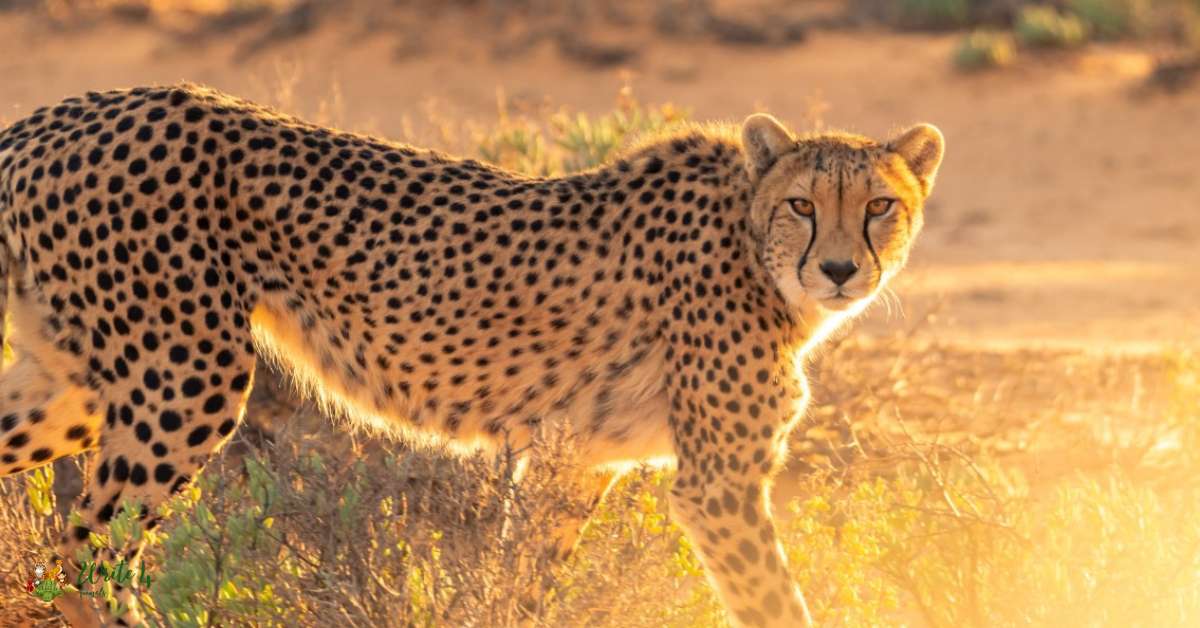
As the fastest land mammal, cheetahs embody speed and agility, their striking appearance a result of evolutionary adaptations for efficient hunting. Unfortunately, cheetah populations face threats, including habitat loss and human-wildlife conflict.
The conservation of these magnificent creatures is imperative to maintaining the delicate balance of ecosystems and preserving the visual spectacle of the wild, where the cheetah’s radiant orange hues shine as a beacon of nature’s artistry.
7. Monarch Butterfly
Taking to the skies, the monarch butterfly enchants with its delicate wings painted in vibrant shades of orange and black. As a symbol of beauty and resilience, monarch butterflies undergo incredible migrations, traversing thousands of miles between North America and Mexico.
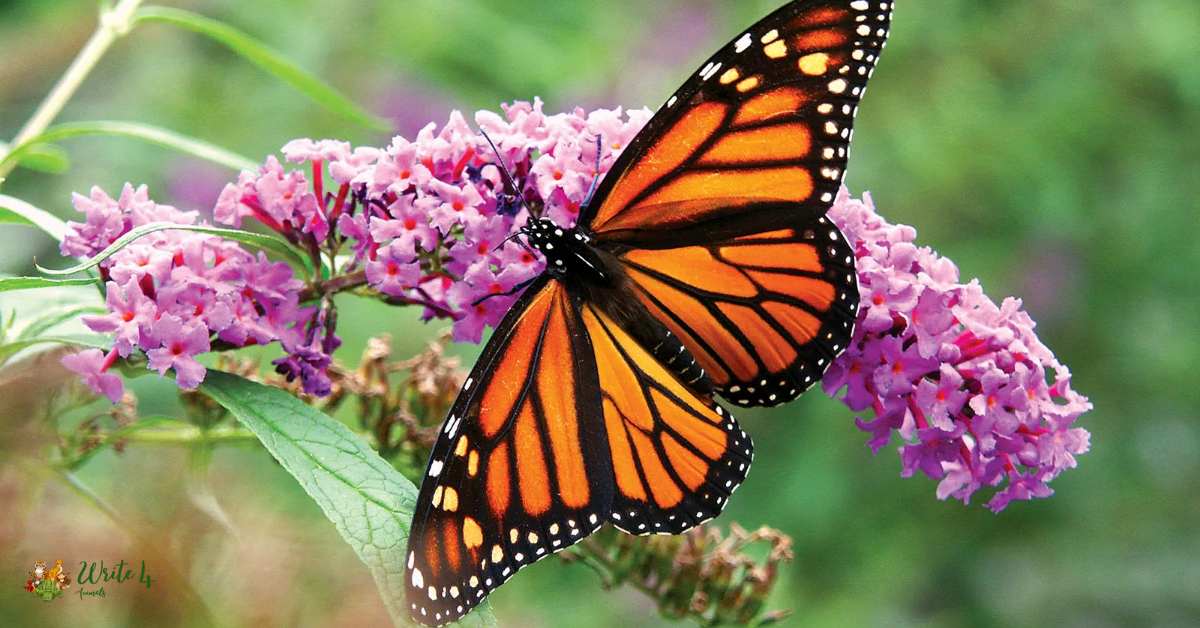
The intricate patterns on their wings serve as a visual feast, highlighting the intricate design found in nature.
The conservation of the monarch butterfly is not only crucial for the continuation of their awe-inspiring migratory journeys but also for the preservation of pollination cycles that sustain ecosystems.
8. Goldfish
Transitioning from terrestrial to aquatic realms, the goldfish graces aquariums around the world with its vibrant orange scales. Domesticated for centuries, these small, ornamental fish bring a splash of color to home aquariums, captivating enthusiasts with their bright hues and graceful movements.
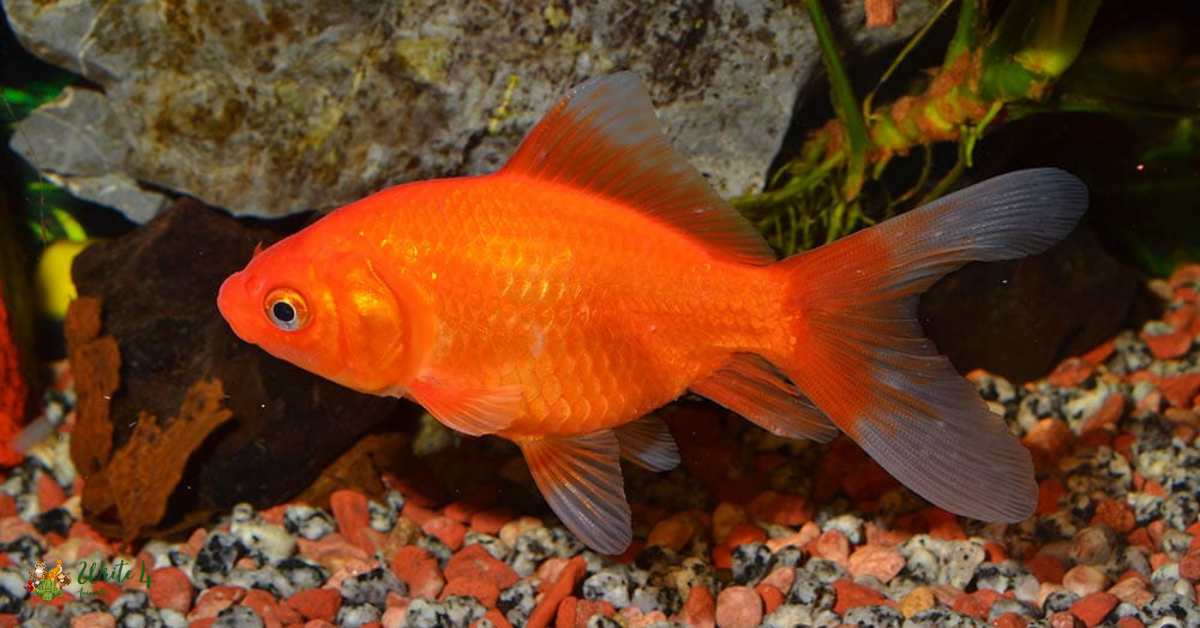
The goldfish’s popularity extends beyond its appearance, as it symbolizes good luck and prosperity in various cultures. Responsible pet ownership and awareness of their specific needs ensure that these charming orange animals thrive in captivity, providing a source of joy and fascination to those who welcome them into their aquatic homes.
9. Tiger
The tiger, with its awe-inspiring size and striking orange coat adorned with dark stripes, stands as the epitome of power and grace in the world of orange animals.
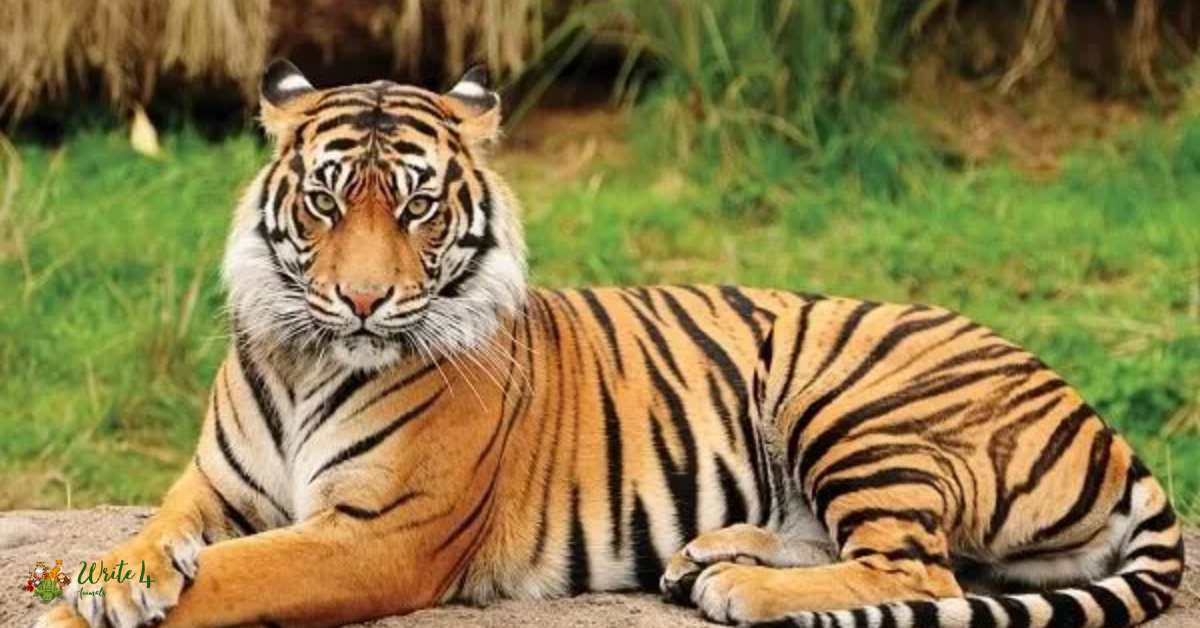
As the largest of the big cats, tigers command attention and reverence, yet many species are on the brink of extinction due to poaching and habitat loss.
Conservation efforts are crucial to ensuring the survival of these magnificent creatures, whose vibrant orange hues symbolize the untamed beauty of the wild. Tigers are not merely charismatic symbols; they are ambassadors of the ecosystems they inhabit, urging us to protect and preserve the habitats they call home.
10. Koi Fish
In Japanese culture, the koi fish takes center stage as a symbol of perseverance and good fortune. With dazzling orange scales that shimmer beneath the water’s surface, koi fish add a touch of elegance to ponds and water gardens.
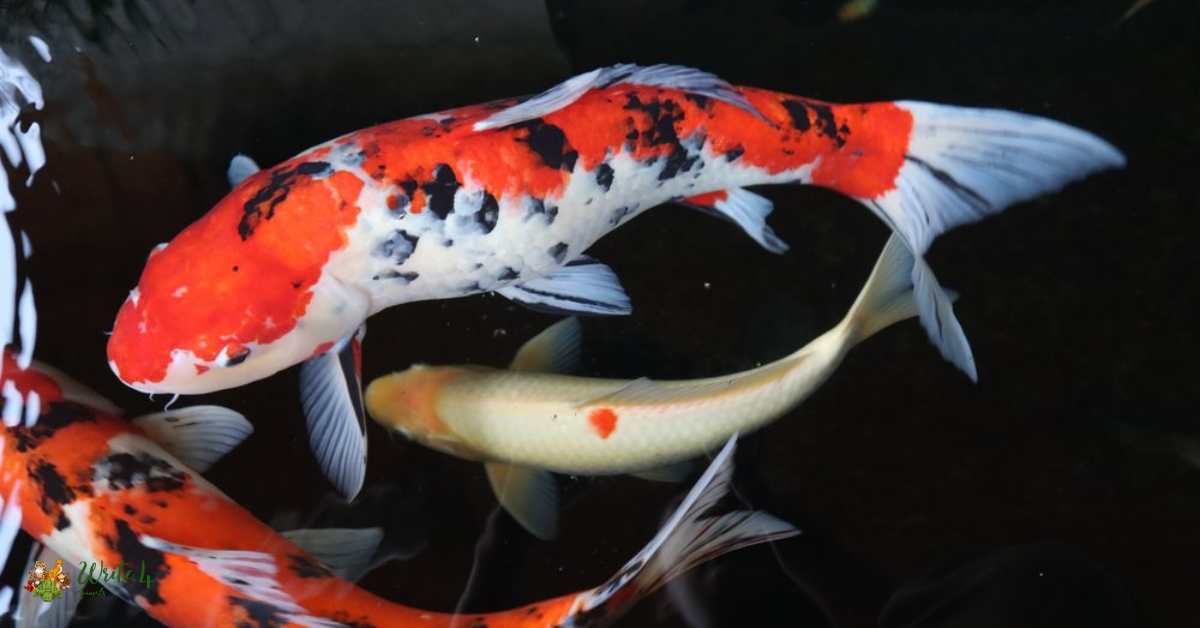
Beyond their aesthetic appeal, these colorful fish inspire tales of resilience, as they are known to overcome obstacles such as waterfalls in their upstream journeys.
The presence of koi fish in outdoor settings transforms water features into living canvases, inviting contemplation and appreciation for the beauty of the natural world.
11. Orangutan
Deep within the lush rainforests of Southeast Asia resides the orangutan, a magnificent orange animals and one of our closest primate relatives. With their shaggy, reddish-brown fur and expressive eyes, orangutans embody the soul of the jungle.
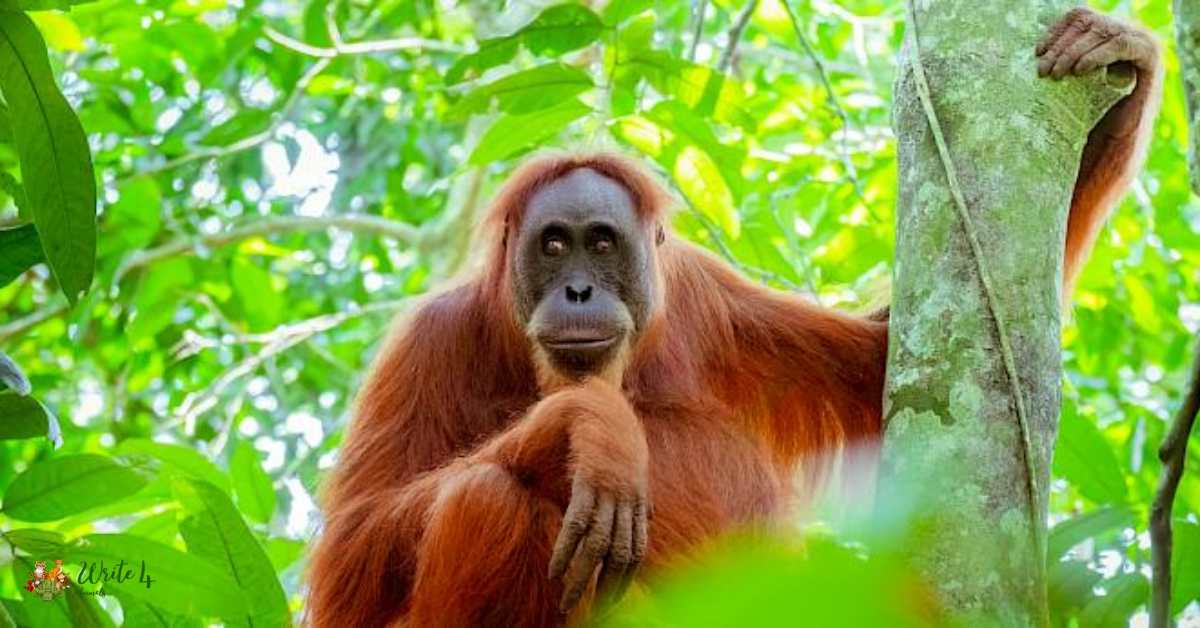
Unfortunately, these highly intelligent creatures are facing the threat of extinction due to habitat loss and poaching, underscoring the urgency of conservation efforts.
As ambassadors of the rainforest, orangutans remind us of the delicate balance between humans and the natural world, urging us to take action to protect their habitats and ensure the survival of these incredible orange beings.
12. Orange Baboon Tarantula
Venturing into the world of arachnids, the orange baboon tarantula emerges as a striking example of an orange animal. With its vibrant orange coloration and impressive size, these tarantulas inhabit the savannas and grasslands of Africa.
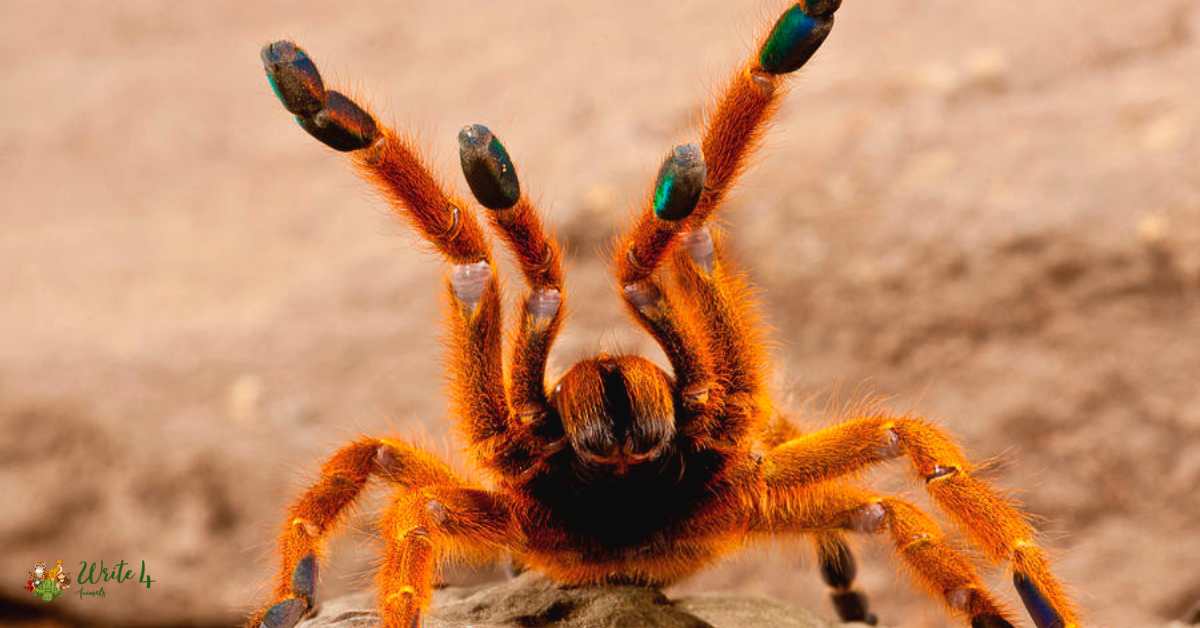
As nocturnal predators, they play a vital role in controlling insect populations, contributing to the delicate balance of their ecosystems.
Despite their intimidating appearance, orange baboon tarantulas serve as a reminder of the diverse and essential roles that arachnids play in maintaining the health of natural habitats.
13. Cock-of-the-Rock:
In the dense forests of South America, the Andean cock-of-the-rock commands attention with its flamboyant plumage. The vibrant combination of orange and black feathers, coupled with an elaborate courtship display, makes these birds a spectacle in the avian world.
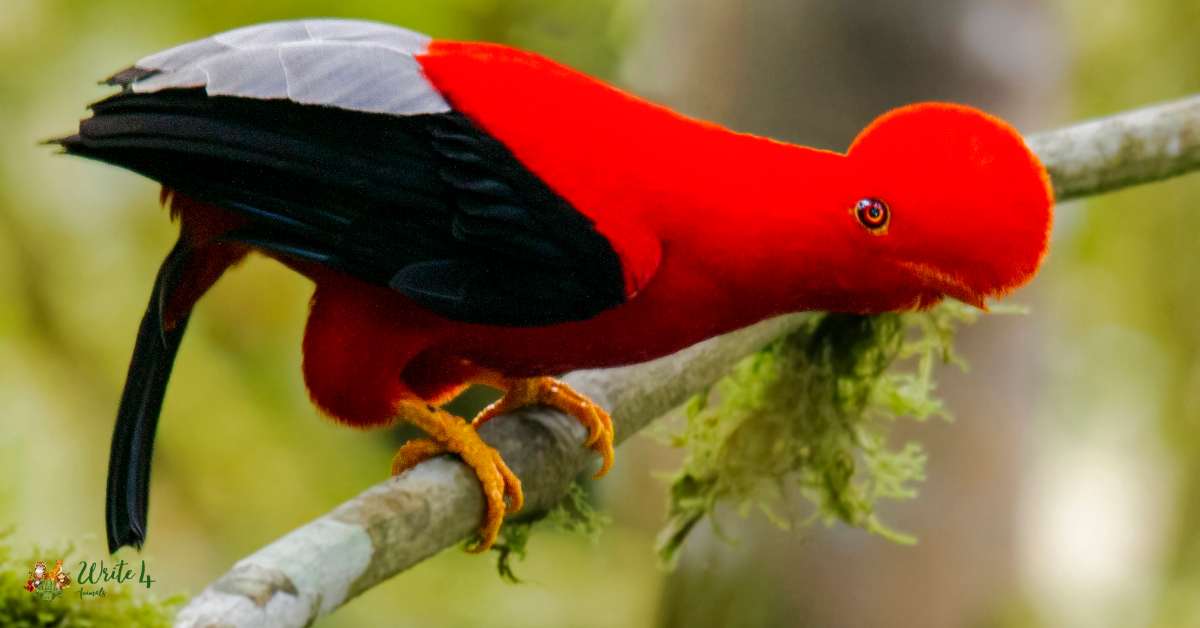
As inhabitants of montane forests, cock-of-the-rocks are crucial players in the ecosystem, contributing to seed dispersal and maintaining the biodiversity of their habitats.
Known for their distinctive appearance and social behaviors, these birds serve as ambassadors for the conservation of the delicate ecosystems they call home. Preservation efforts are essential to ensure that the captivating display of the cock-of-the-rock continues to grace the lush forests of South America.
14. Red Panda
Contrary to its name, the red panda graces our list with its captivating appearance, characterized by a coat that ranges from rusty red to orange. Native to the Himalayan region, these arboreal creatures captivate with their playful nature and distinctive markings.
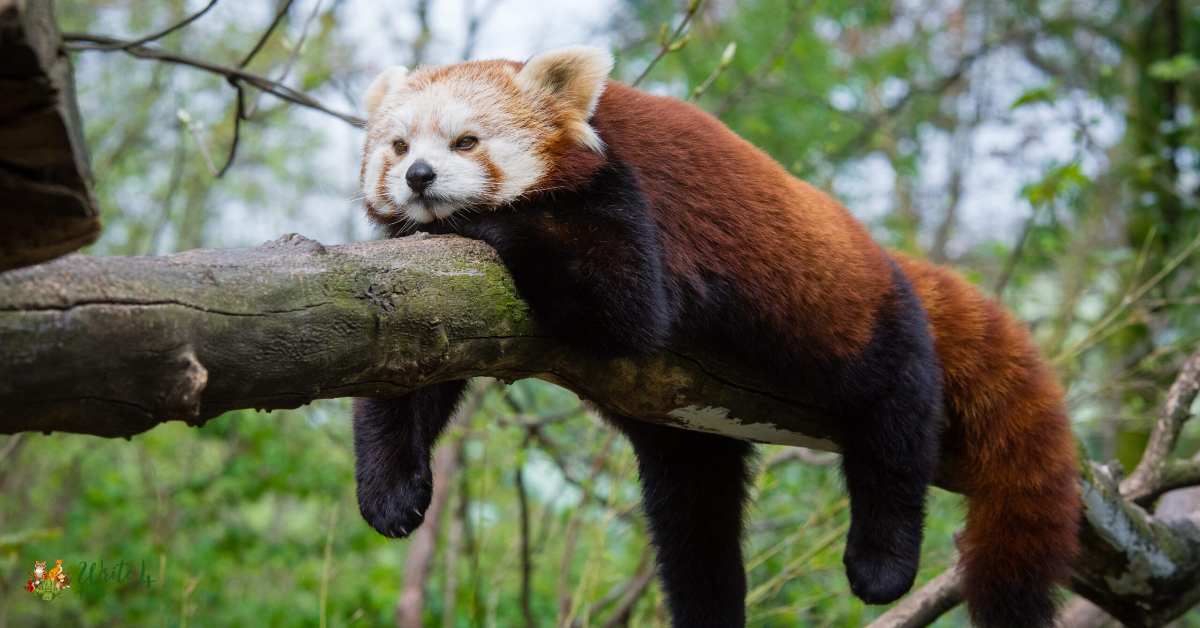
Often referred to as the “firefox,” red pandas are skilled climbers, navigating treetops with agility. As a vulnerable species, red pandas underscore the importance of preserving their mountainous habitats and addressing the threats posed by deforestation and climate change.
15. Painted Bat:
Hanging upside down in the rainforests of Southeast Asia, the painted bat introduces us to the fascinating world of winged mammals. With its unique orange fur, these small, insect-eating bats contribute to the rich biodiversity of their habitats.
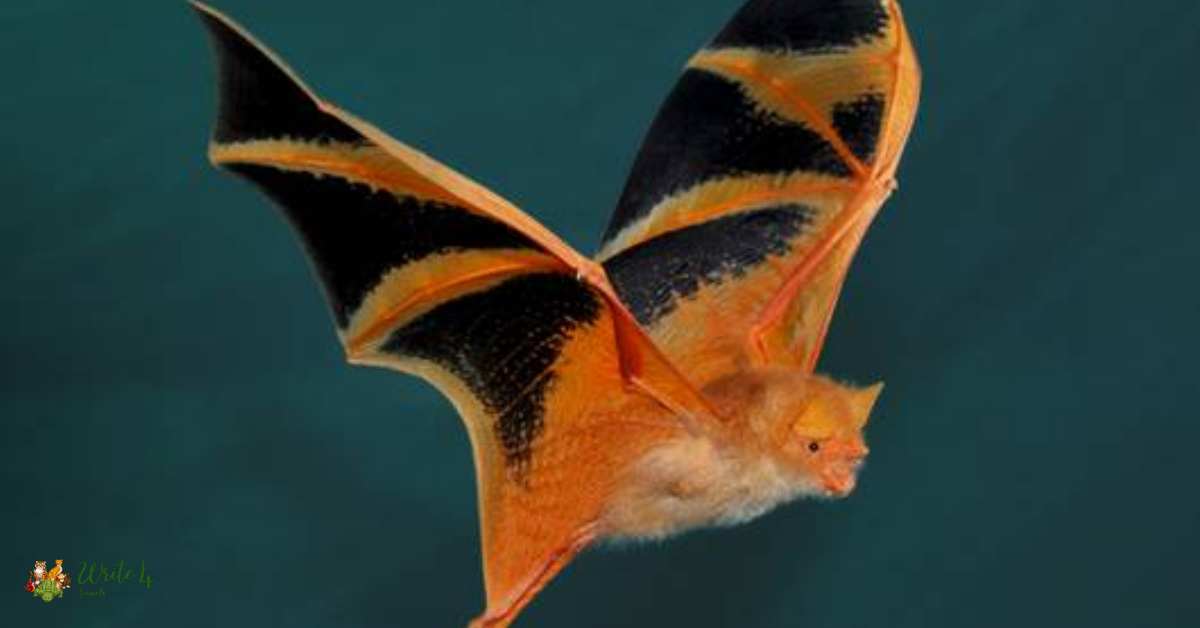
Their vibrant coloration, coupled with intricate patterns, aids in camouflage and serves as a testament to the variety of adaptations found in the realm of flying mammals.
While often overshadowed by more well-known bat species, painted bats play a crucial role in controlling insect populations, making them valuable contributors to the delicate balance of their ecosystems.
Frequently Asked Questions
Why are some animals orange?
The orange coloration in animals can serve various purposes. It may act as camouflage in specific environments, assist in mate attraction during the breeding season, or act as a warning signal to predators. Additionally, the presence of certain pigments, such as carotenoids, contributes to the orange hues observed in many animals.
What is the significance of the orange color in animals?
The significance of the orange color in animals varies across species. In some cases, it helps with concealment in their natural habitats, while in others, it plays a crucial role in social interactions, mating rituals, or as a warning sign. The coloration often reflects adaptations that aid in survival and reproduction.
Are all orange animals found in tropical regions?
No, orange animals are found in various ecosystems around the world, spanning from tropical rainforests to savannas and even temperate regions. The orange coloration is diverse and has evolved in response to different environmental factors, including climate, vegetation, and the specific ecological niches each species occupies.
Are orange animals more prone to extinction?
The risk of extinction for any species, including orange animals, depends on various factors such as habitat loss, climate change, poaching, and human-wildlife conflict. While the color itself does not contribute to the risk, the habitats and ecosystems that support these orange animals are often under threat, making conservation efforts crucial for their survival.
Do all orange animals share a common genetic trait?
No, the orange coloration in animals can be attributed to various genetic and environmental factors. While some animals inherit their orange hues through genetic traits, others may acquire them through their diet, as seen with carotenoid-rich foods. Evolutionary pressures play a significant role in shaping the diversity of orange animals.
How do orange animals protect themselves from predators?
The protective mechanisms of orange animals against predators vary. Some use their coloration as camouflage in their natural surroundings, blending in with the environment. Others employ bright orange hues as warning signals, indicating to potential predators that they are toxic or dangerous. Additionally, the behaviors and adaptations of orange animals contribute to their overall survival strategies.
Are there any orange animals that can change their color?
While many animals have the ability to change color, it’s less common among orange animals. Certain species, such as chameleons, have the capacity to change their skin color for communication, temperature regulation, or camouflage. However, most orange animals maintain a relatively stable coloration throughout their lives.
Recommended
1. Shiba Inu Dog Price in Usa, India and other Countries 2024
2. Everything you need to know about Baby Platypus
